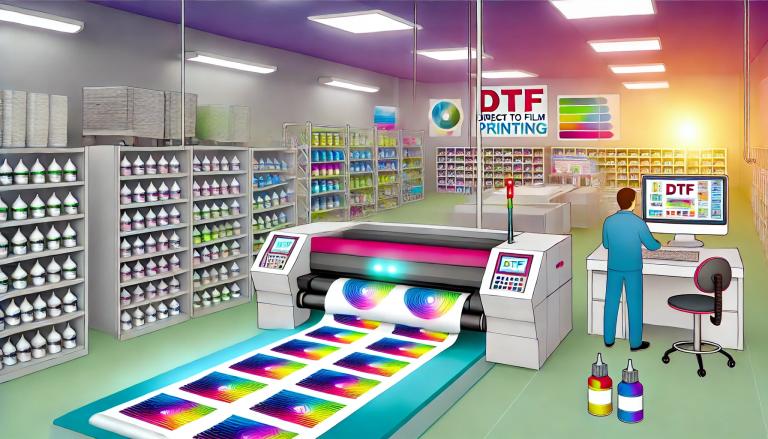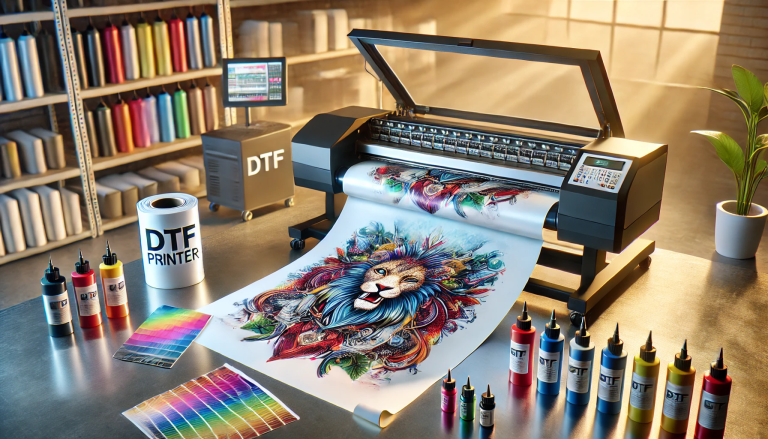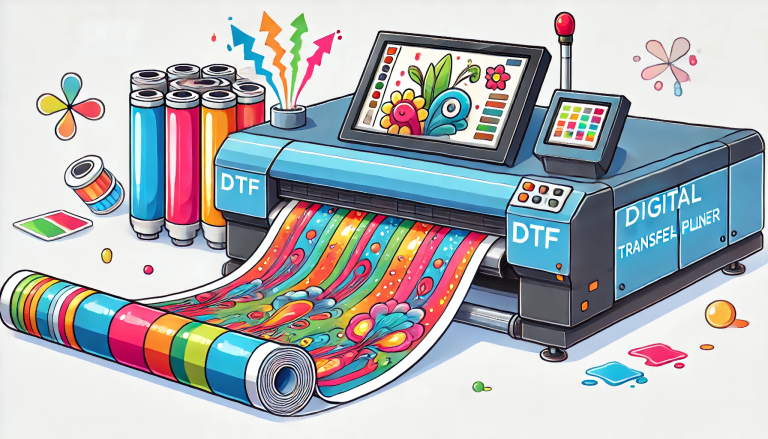In the fast-evolving digital printing industry, Direct to Film (DTF) technology has marked a significant milestone, bringing about a revolution that has transformed the way we print on textiles. Among its various formats, the DTF Film 11×17 stands out as a particularly versatile and popular choice for businesses and hobbyists alike. This article delves into the nuances of DTF Film 11×17, exploring its advantages, applications, and the profound impact it has had on the digital printing landscape.
Introduction to DTF Technology
Direct to Film printing is a method where designs are printed onto a special film and then transferred onto fabric using heat. This technology has gained popularity due to its ability to produce vibrant, high-quality prints on a wide variety of textiles, regardless of color or composition. The DTF Film 11×17 size is particularly appealing for its optimal balance between manageable dimensions and sufficient space to accommodate a wide range of design sizes, making it a go-to choice for many.
The Versatility of DTF Film 11×17
The 11×17 inch format is large enough to support detailed, complex designs but small enough to be handled with ease in smaller workspaces or by individual entrepreneurs. This size compatibility opens up numerous possibilities for printing on t-shirts, hoodies, hats, and other apparel, as well as on non-apparel items like tote bags and pillowcases. Its versatility makes DTF Film 11×17 an indispensable tool for businesses that cater to custom orders, limited runs, or niche markets where diversity and customization are key.
Quality and Durability
One of the most compelling aspects of DTF Film 11×17 is the exceptional quality and durability of the prints it produces. The technology behind DTF allows for vibrant, full-color images with high resolution and sharpness that can rival traditional screen printing. Moreover, prints made with DTF technology are known for their durability, withstanding numerous washes without fading or peeling. This resilience makes DTF an excellent choice for producing high-quality garments and items that last.
Cost-Effectiveness and Efficiency
For small to medium-sized businesses and startups in the printing industry, the cost-effectiveness and efficiency of DTF Film 11×17 are game-changers. Compared to traditional printing methods, DTF requires a lower upfront investment in equipment and materials, making it accessible to a broader range of entrepreneurs. The process is also less labor-intensive and faster, allowing for quicker turnaround times and the ability to meet customer demands more efficiently. This efficiency does not compromise quality, ensuring businesses can produce top-notch products at a competitive pace.
Environmental Impact
In addition to its economic advantages, DTF printing, particularly with DTF Film 11×17, contributes to a more sustainable printing process. Unlike some traditional printing methods that involve toxic chemicals and generate waste water, DTF printing is cleaner and more environmentally friendly. This aspect of DTF printing is increasingly important to both businesses and consumers who are becoming more conscious of their environmental footprint.
Challenges and Considerations
While DTF Film 11×17 offers numerous advantages, it’s essential to acknowledge the challenges and considerations involved. The initial setup, including the acquisition of a suitable printer, inks, and the necessary software, can be complex. Furthermore, achieving the optimal print quality requires a learning curve, particularly in mastering the nuances of color management and transfer processes. However, the investment in time and resources can yield significant returns, given the growing demand for high-quality, custom-printed textiles.
Future Perspectives
As technology advances, the potential for DTF Film 11×17 and the broader DTF printing market continues to expand. Innovations in printer technology, ink formulations, and film materials promise to further enhance the quality, efficiency, and sustainability of DTF printing. These advancements could open new avenues for creativity and entrepreneurship in the textile and garment industry, making custom printing more accessible and affordable than ever before.
Conclusion
The DTF Film 11×17 has undeniably revolutionized the digital printing industry, offering a blend of versatility, quality, and efficiency that suits a wide range of applications. From small-scale entrepreneurs to established businesses, the benefits of DTF printing are compelling, providing a pathway to innovation and growth in the textile market. As we look to the future, the continued evolution of DTF technology promises to keep pushing the boundaries of what’s possible in digital textile printing, cementing its role as a cornerstone of the industry.





